
Read on to explore the details behind writing the first and second edition of the fascinating study looking at the history of the relationship between Christians and Muslims – A History of Christian-Muslim Relations by Hugh Goddard.
Twenty years ago the first edition of this book was published, as part of Edinburgh University Press’ Islamic Surveys series, and the intention of the book was to review the long and rather tortuous relationship between Christians and Muslims over the centuries. The ebb and flow of political and military power between the two communities was discussed, as was the whole geographical range of the relationship across the continents of the world.
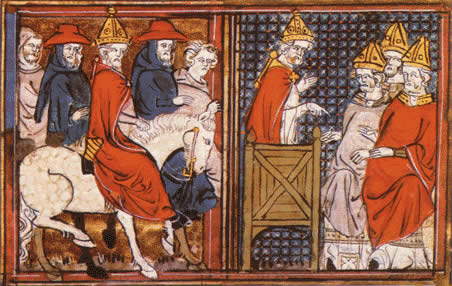
Theoretical, or theological, as well as practical, or ethical, issues were discussed, and the point was made that in their thinking about the other tradition, as well as in their practical treatment of its adherents, there was a very large measure of diversity among both Christians and Muslims. At the end of the book the hope was expressed that deeper mutual comprehension would develop, and that collaboration rather than conflict would become the main vehicle of interaction between the two communities.
The framework of the discussion was primarily historical, with a review of the Christian background to the coming of Islam leading in to the initial impact of Islam, the first age of Christian-Muslim interaction (roughly the first two centuries), the contrasting interactions between Christians and Muslims in the East and in the West in the medieval period, the changing balance of power between Christians and Muslims in the age of mission and imperialism, and then new thinking in each tradition about the other in the 19th/13th and 20th/14th centuries, leading into a discussion of the emergence of the movement for dialogue between the two communities. Could they, for example, be seen as fellow-pilgrims, on a journey towards the truth, which neither has yet fully grasped?
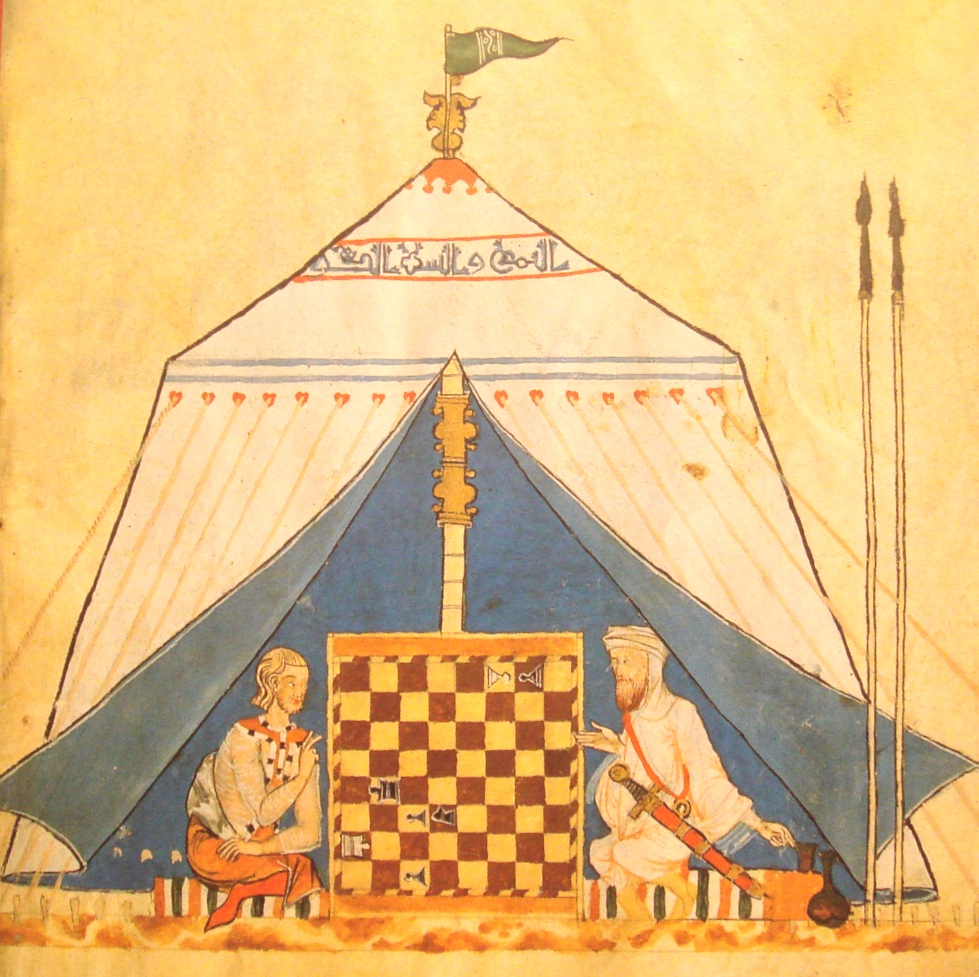
In the course of the two decades since the publication of the first edition of the book, Christians and Muslims have continued to interact in a bewildering number of different ways, on different levels and in different parts of the world. Some of these interactions have been hostile, or antagonistic, while others have been much more positive and mutually respectful. The 21st century thus began with two quite hopeful signs, the declaration by the United Nations, at the suggestion of President Khatami of Iran, of the year 2001 as the Year of Dialogue between Civilizations, and the first visit by a Pope to a mosque, when Pope John Paul II visited the Umayyad Mosque in Damascus.
It was not long, however, before the events of September 11th 2001 brought about a vigorous revival of confrontational rhetoric and action between the two communities, including the war in Iraq. A long list of other instances of Islamist violence, both against the West and against Christians in Muslim-majority contexts, then followed, sometimes more political and sometimes more cultural in nature, and there was no shortage of antagonistic responses, for example by Anders Breivik in Norway or Pastor Terry Jones in the United States.
Alongside these confrontational approaches, however, attempts at establishing much more positive relationships have also continued, for example the annual Building Bridges seminars, and the ‘Common Word’ initiative. More local initiatives such as the Christian Muslim Forum in the UK and the Indonesian Consortium for Religious Studies have also sprung up. The more recent Marrakesh Declaration, focusing on the position of Christian and other minorities within Muslim-majority contexts, and the Declaration on Human Fraternity signed by the Sheikh of al-Azhar and Pope Francis, are also very constructive in tone.
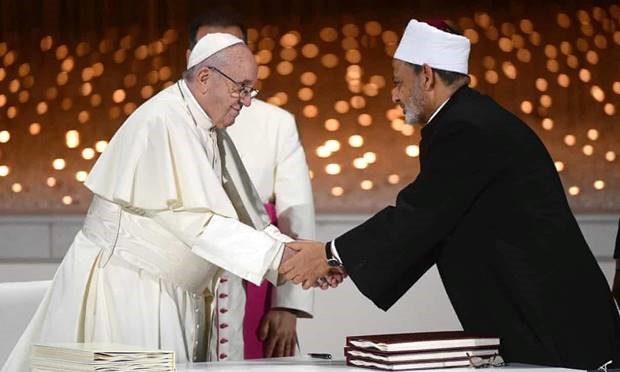
In its conclusion the second edition of the book highlights the different dimensions, political, cultural and religious, which need to be kept in mind when considering the interactions of Christians and Muslims, and also suggests three particular factors which are relevant in explaining why the relationship between the two groups is sometimes positive, and sometimes much more confrontational. Between them Christians and Muslims make up more than half of the world’s population. The future relationship between them therefore remains of vital importance.
By Hugh Goddard

Hugh Goddard is Honorary Professorial Fellow in the Prince Alwaleed Bin Talal Centre for the Study of Islam in the Contemporary World in the University of Edinburgh. As well as the current volume, he is the author of Christians and Muslims: From Double Standards to Mutual Understanding (London: Curzon, 1995), and Muslim Perceptions of Christianity (London: Grey Seal, 1996), as well as many articles on different aspects of Islamic Studies and Christian-Muslim Relations.
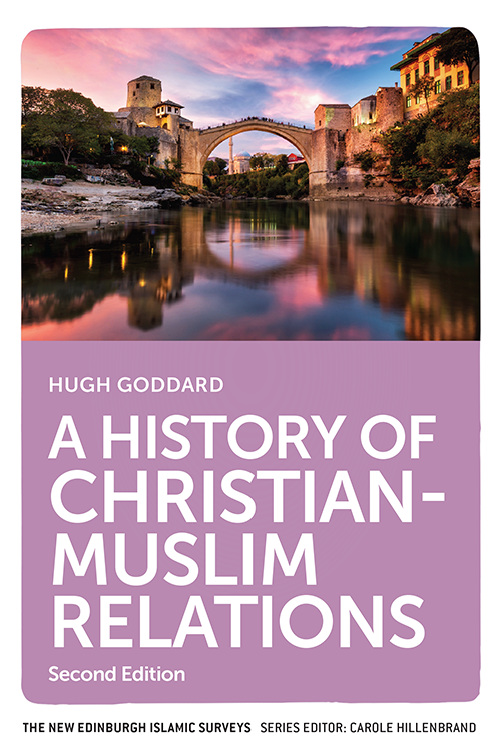
Christians and Muslims comprise the world’s two largest religious communities. This book looks at the history of their relationship – part peaceful co-existence and part violent confrontation – from their first encounters in the medieval period up to the present. It emphasises the theological, cultural and political context in which perceptions and attitudes have developed and gives a depth of historical insight to the complex current Christian–Muslim interactions across the globe.
Find out more about A History of Christian-Muslim Relations by Hugh Goddard.


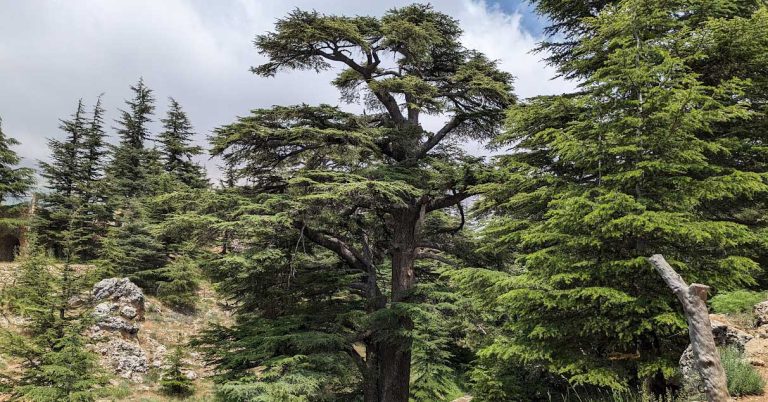


Quite an interesting article. It quite rightly highlighted the evident efforts by senior moderate Islamist figures (such as the imam of Al-Azhar) to bridge religious and cultural gaps between people of different faiths. Sheikh Al-Tayeb is doing a great role in this, which may not be to the liking of ultraconservative Islamists…